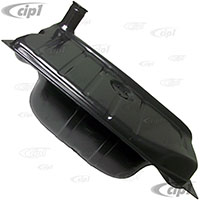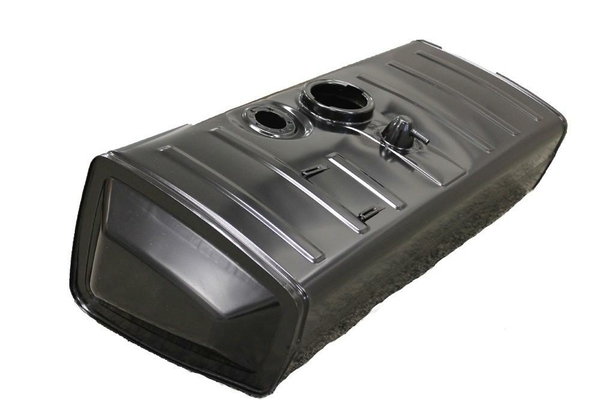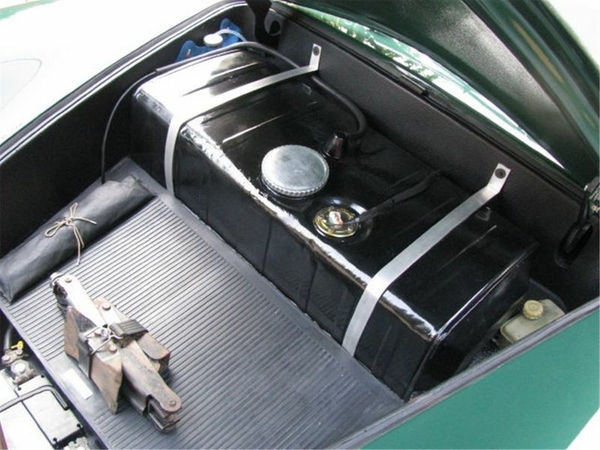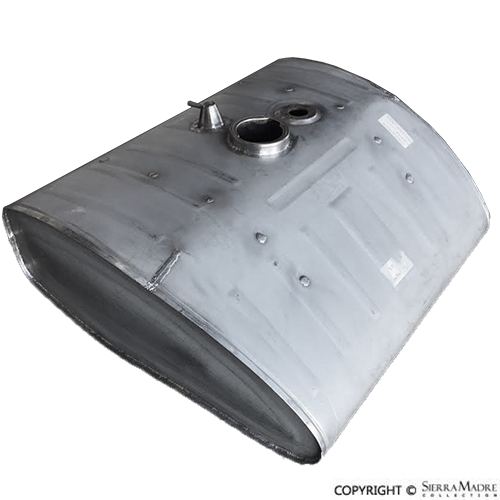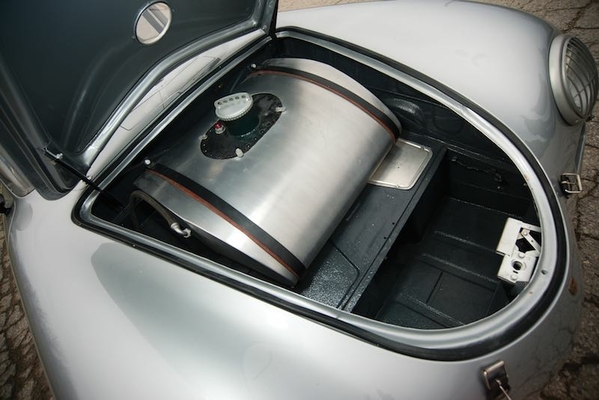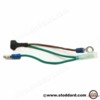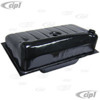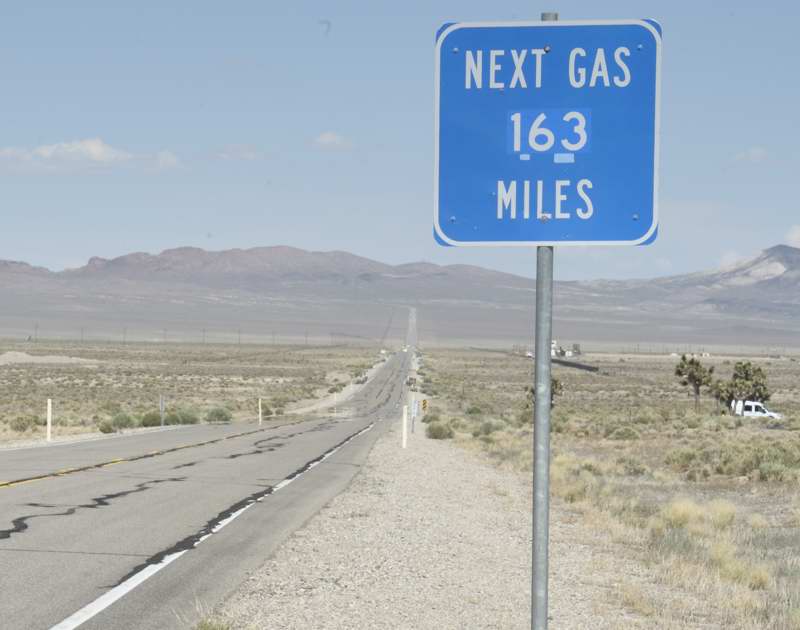I don’t want to get too terribly deep in to the weeds with this, but here goes:
I have a 2003 VS built on a 1969 pan that we purchased from the original owner. I’ve done a fair amount of cosmetic and mechanical changes and the latest thing to grab my attention is the fuel gauge.
I presume the original build included a stock VW tank / sending unit, etc.; and as we all know, those gauges never really show a true representation of the amount of fuel in the tank at any given moment. It’s my understanding that is due in part to the angle at which the tank sits in the car. That and the inevitable sloshing around of fuel while driving. In fact, it gets to point where the gauge swing looks like a pendulum on a clock. Correct me if I am wrong, however that isn’t exactly where I’m going here.
For now I’m happy with the look of the gauges...I’ll be the first to admit there are FAR better set ups out there than my VW package but I really like the look they present. As I mentioned before...for now.
I don’t much want to monkey around with bending float arms and the like. What I’m thinking about now is putting a slightly larger tank under the hood then working through the gauge issues that I’m sure will pop up.
I believe my tank holds 12 gallons. Again, I can’t be certain because I never truly know how much is in the tank when I fill it up.
Another issue I believe I am experiencing involves the fuel line out of the tank. One would think it should be at the lowest part of the tank so it only sucks air after it get the last of the fuel. When I get somewhere around 1/4 tank and step on the happy pedal I feel like the fuel is pulling away from the pick up. Again, the tank could be anywhere below or above 1/4 when this happens. Admittedly I have not yet poked around down there to find the pick up in relation to the low point of the tank.
Is installing a 15 or so gallon tank even worth the time, trouble, and stress? And, if so, can anyone out there in the ether point me in the right direction? I’ve only gone as far as poking around on partsobsolete.com and I don’t think I want to have a custom built tank. Is there a solution / off the shelf tank out there that will remedy both issues?
Thanks in advance...



